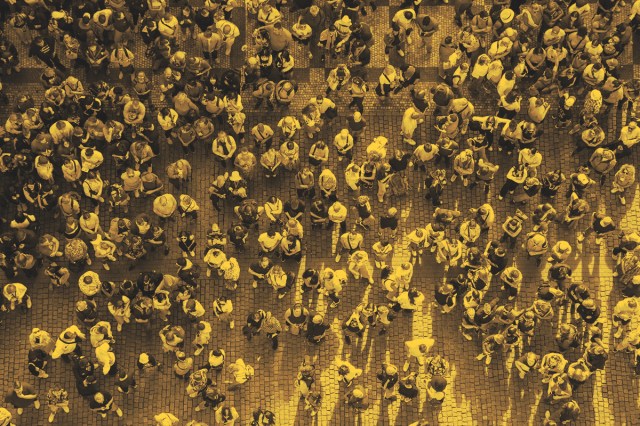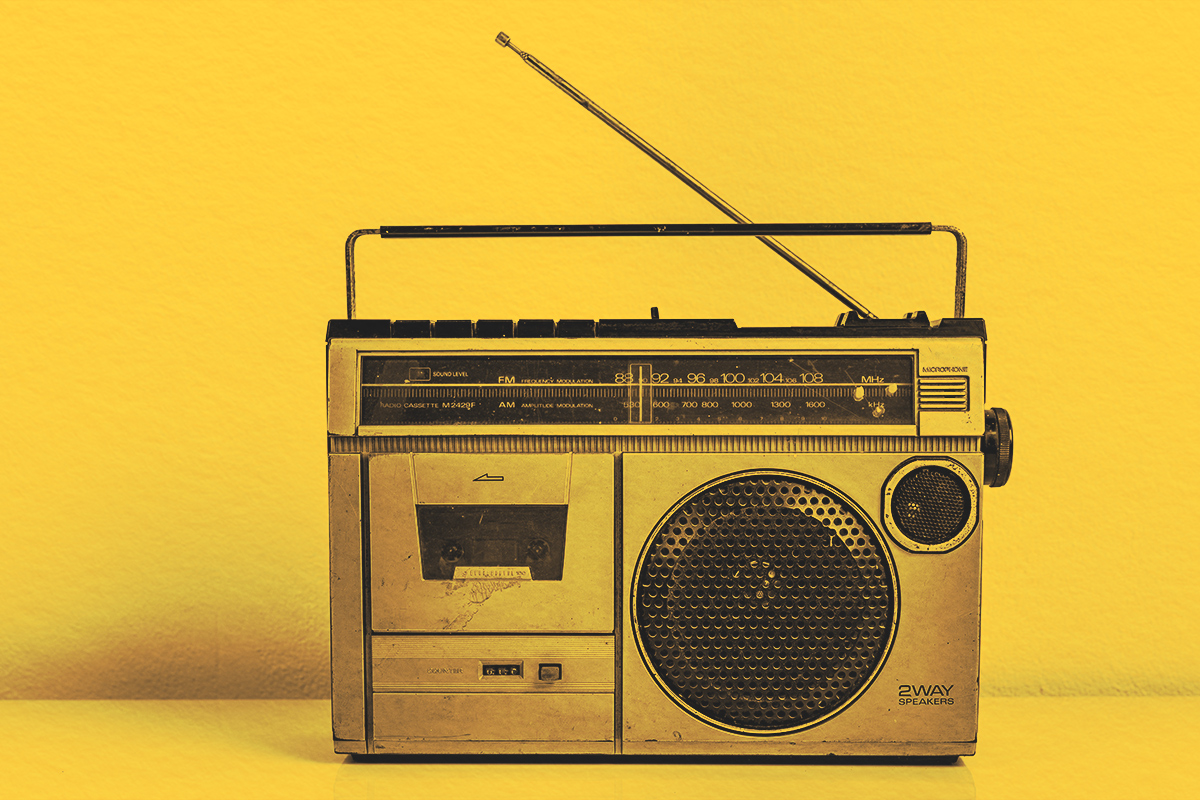
I’m originally from New York City, and my least favorite streets are those around Times Square, always full of people, no matter the time of day or season. It’s impossible to walk in a straight line, as you’re always weaving through large groups. I’m usually walking through midtown to get to a Broadway show, needing to arrive on time, and I would prefer not to be delayed by slow walkers. The streets are truly “chock-full” of people, and I often swear I’ll never go to Times Square again.
Complaining about something being “full to the extreme limit” is a common experience, and the description of “chock-full” dates way back to the 15th century. The first half of the phrase probably came from an early iteration of “cheek.” A cheek crammed full to bursting may bring to mind a squirrel that has stuffed nuts and acorns in its mouth for safekeeping.
“Chock-full” had a few different spelling interpretations, including “chokkefull” and “chekefull,” before the standardizations of dictionaries took over. “Chock-full” reached its current spelling in 1772 and has stayed constant since then. However, there is one other similar formation that I sometimes hear from my British friends: “chockablock.” “Chockablock,” meaning “crammed full,” may be a case of convergent evolution, as its origins are nautical.
In writing and speech, I see and hear “chock-full” used often to refer to a space being crammed full of people, or an item full of other things, as opposed to cheeks packed to bursting with food. Personally, I will always associate “chock-full” with 44th Street around 7 p.m., when theatergoers are weaving through traffic to make their curtain.





















